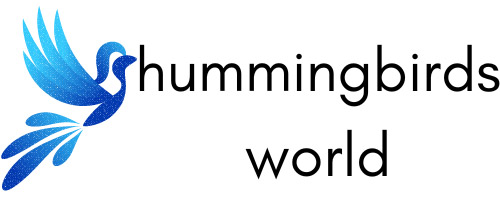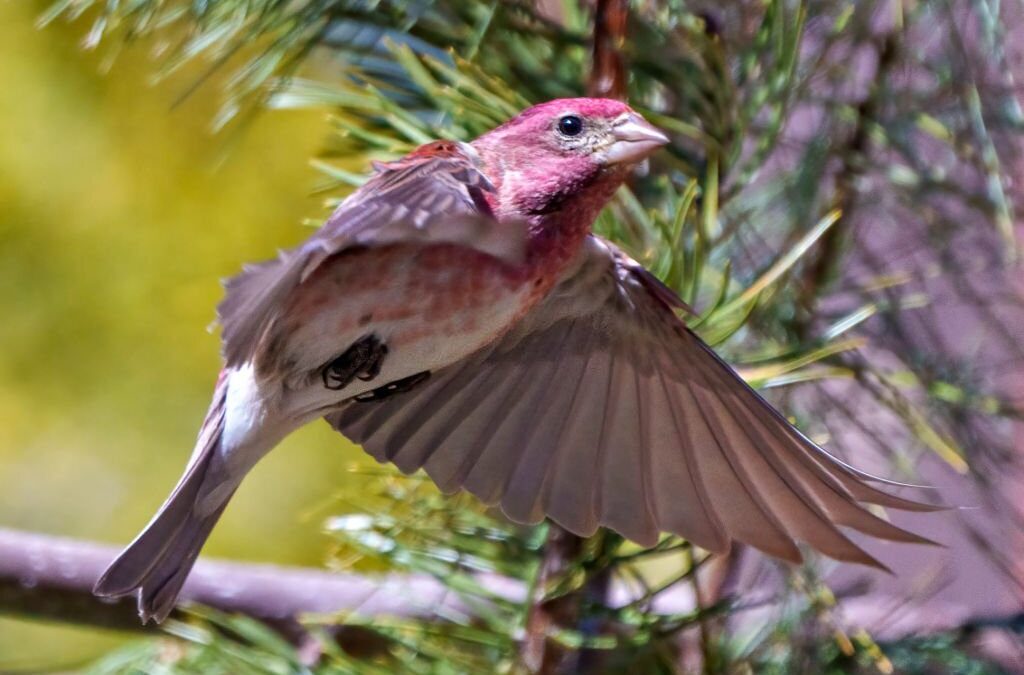What are the new hampshire state bird?
The New Hampshire state bird is the Purple Finch (Haemorhous purpureus), a member of the finch family Fringillidae. It resides in the United States and Canada, with the majority found in New England and New York. The Purple Finch has a dark reddish-brown crown and upperparts, pale pinkish-brown underparts and a white rump. It has a distinctive conical bill and black wings with white patches. It typically feeds on seeds, buds, fruits, insects, spiders and other small invertebrates. During the summer months it is often heard singing its melodious song which is made up of short trills with occasional buzz. The New Hampshire state bird is the Purple Finch (Haemorhous purpureus), a member of the finch family Fringillidae. This small passerine bird typically measures between 5 and 6 inches (12 to 15 cm) in length, with a wingspan ranging from 7 to 8.5 inches (18 to 22 cm). It is mainly grayish-brown in color with a rosy red head and chest. The male Purple Finch has a black strip of feathers through its eyes, while the female lacks this feature.
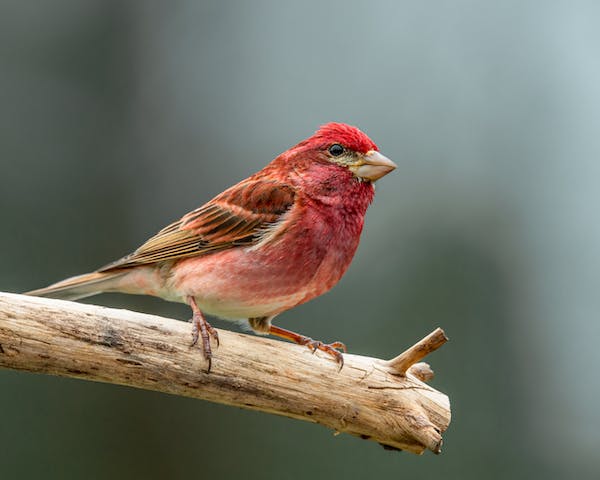
Diet of new hampshire state bird
The diet of a New Hampshire state bird consists mainly of seeds and fruits, which it forages from trees, shrubs and weeds. In the summer months it is particularly fond of the seeds from thistle plants. It will also eat insects for an additional source of protein when these are available. In urban areas, the Purple Finch may visit bird feeders to supplement its diet. They are particularly attracted to sunflower seeds, canola and safflower seeds.
In the winter months, Purple Finches gather in large flocks to feed on fruits such as berries, hawthorn and cedarberries. They may also consume grains such as oats or wheat during this time.
Habitat of new hampshire state bird
The New Hampshire state bird lives in forests and wooded areas, but is also found in gardens and urban parks when available. The ideal habitat for this bird is a deciduous woodland, with plenty of shrubs and trees providing food sources. They can also be spotted in coniferous forests during the winter months, when they may form small flocks. The Purple Finch is a ground-feeding bird, scraping through the leaf litter as it searches for seeds and insects. It rarely visits feeders, but will often gather around them if they are available. During spring and summer it will search for caterpillars, grasshoppers, beetles, and other insects in trees and shrubs.
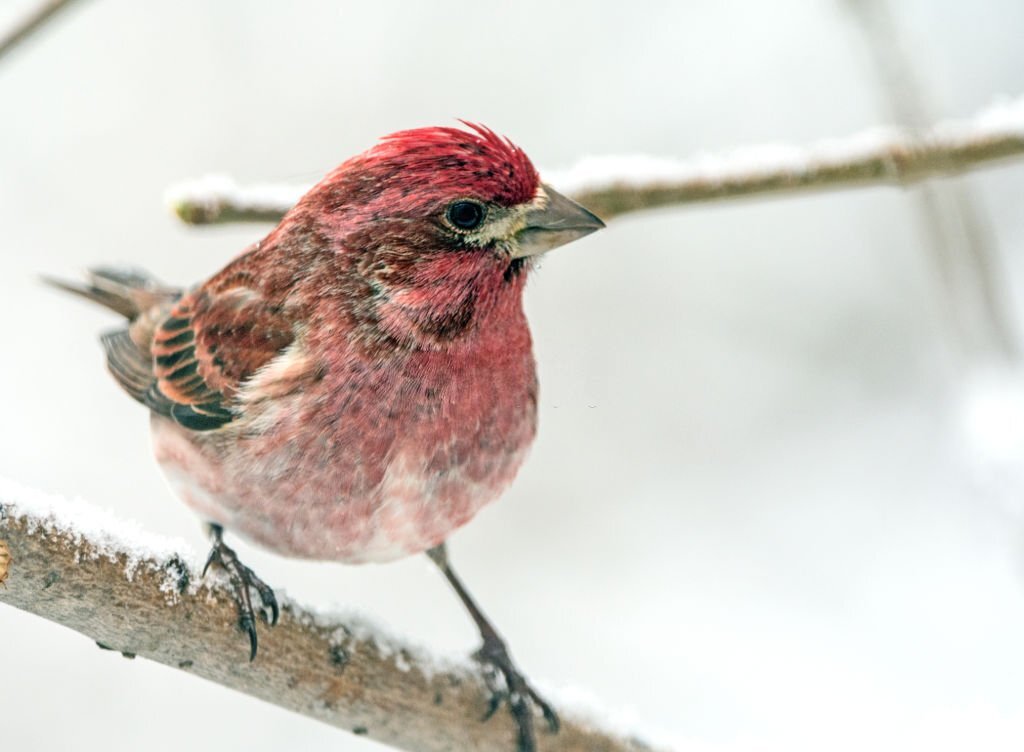
How big is a Purple Finch?
The Purple Finch is a medium sized bird with a body length of about 5-7 inches and a wingspan of 8-10 inches. It has an average weight of 25-30g, making it one of the larger finches. The male has a distinctive rose red head, back and underparts with pinkish brown flanks and white belly. The female is similar in color but much duller with a brownish tinge to the head and back. Both have a white stripe above the eye that extends down the side of the neck. The beak is short and pointed, adapted for eating seeds, buds and other small invertebrates. They can often be seen flocking together in open woodlands, parks and gardens. In the northern parts of their range they are migratory birds and can be seen during the winter months.
Although Purple Finches are not known for their vocalizations, they do produce a few soft chirps and trills. They will also give off a distinctive alarm call if disturbed.
Can purple finches be pets?
Yes, purple finches can be kept as pets. They are relatively easy to care for and can make great companions. They need a large cage or aviary with plenty of space to fly around and exercise. A diet rich in seeds, fruits and vegetables should be provided. Interaction is important too and they will require daily handling to keep them tame. When properly cared for, purple finches can make wonderful pets that bring joy to their owners.
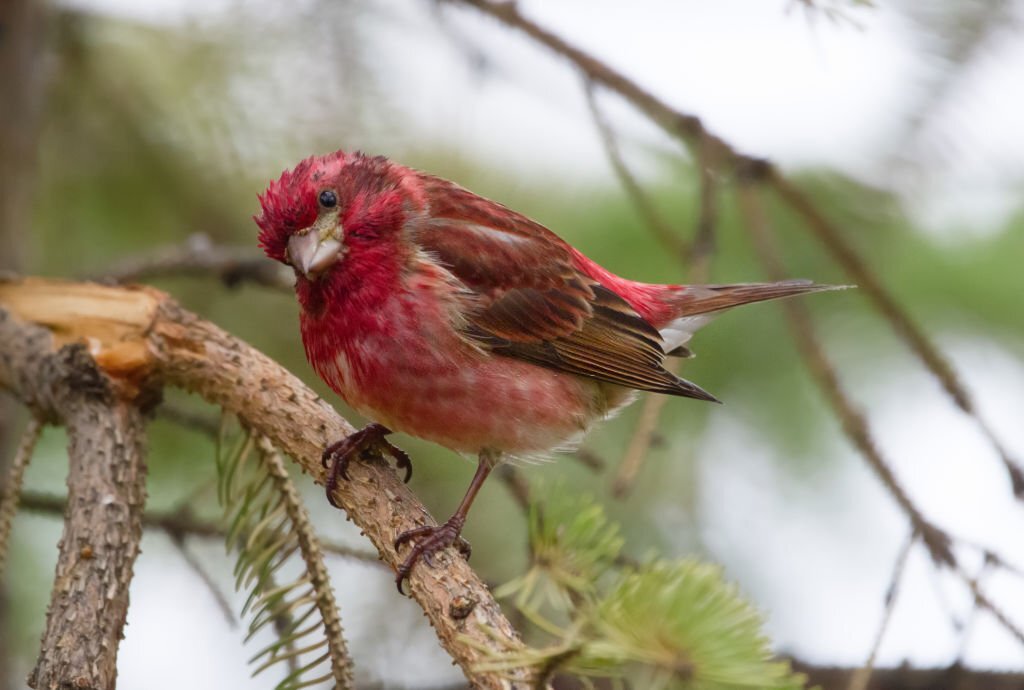
Do finches get lonely?
Yes, finches can get lonely if they are kept alone. They are social birds that enjoy the company of their own kind and should be kept in pairs or even small groups for optimal wellbeing. If a pair of finches is kept together, it is important to monitor their interactions to ensure the birds are compatible and getting along well.
How many years do finches live?
The lifespan of a finch depends on the species and how well it is cared for. Wild finches can live 2 to 5 years, while captive birds may live up to 8 years with proper care. Factors such as diet and environmental conditions play an important role in determining a finch’s lifespan.

Can finches lay eggs without mating?
Finches can generally live up to 8-10 years if cared for properly. This can be extended with the appropriate diet, housing, and environmental conditions.
No, finches cannot lay eggs without mating. Finches need to pair bond in order to reproduce, so a female will only lay eggs after she has mated with partner.
What are the 7 facts of the purple finch
1. The Purple Finch is the official state bird of New Hampshire and it can be found in both rural and urban environments.
2. This species can be identified by its distinctive rosy-red head, chest, and flanks, black cheek patch and white wing bars that are visible in flight.
3. These finches typically form small flocks of up to ten birds and feed mainly on the ground.
4. The Purple Finch typically builds a cup-shaped nest using twigs, grasses, moss, and rootlets lined with feathers or fur.
5. This species is an important seed-eater in many parts of its range and can be found in gardens, parks and other open spaces.
6. The Purple Finch is a long-distance migrant, traveling from its northern breeding grounds to the southern United States and Mexico for the winter months.
7. The average life span of this species is around 4 years in the wild.
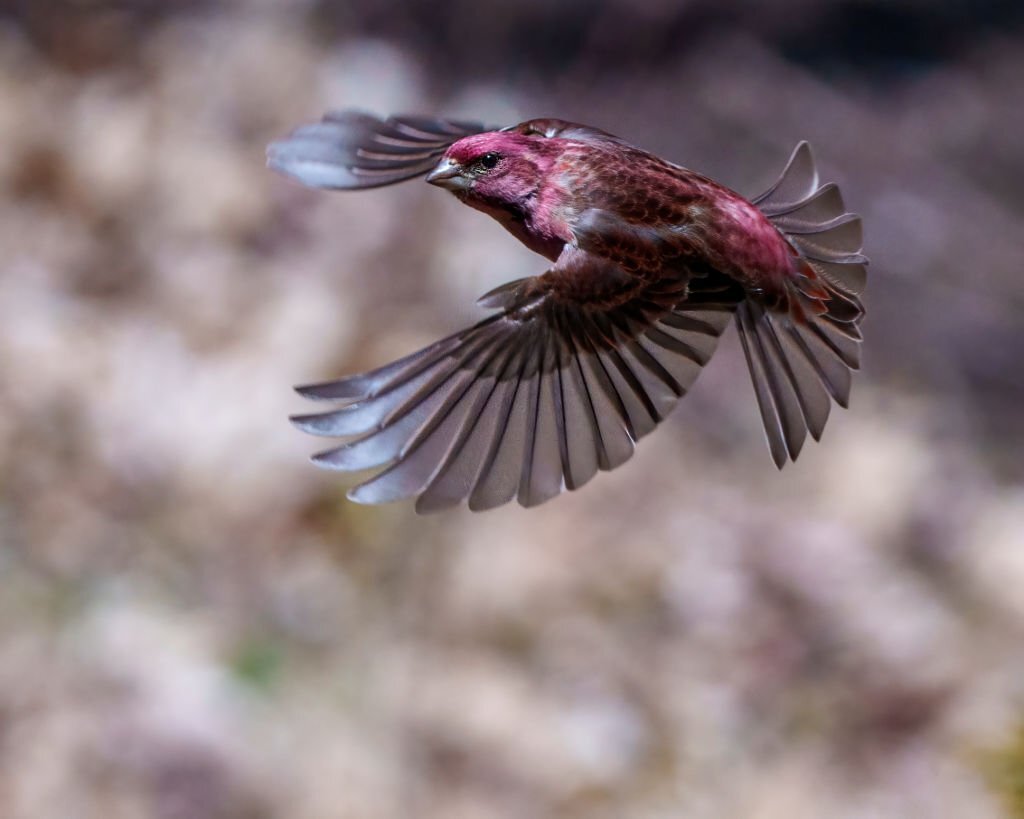
How rare is a Purple Finch?
The Purple Finch is a fairly common bird found throughout much of North America. It is widespread in forests, woodlands, orchards and gardens from southern Canada to the Gulf Coast of Mexico. Its population numbers have been declining since the 1960s though, due mainly to habitat loss and fragmentation. According to the IUCN Red List, the New Hampshire state bird is currently classified as a species of least concern, although its population numbers are still declining. It is estimated that there are between 200,000 and 2 million individual birds in the wild today. As such, this species is considered to be relatively rare, but not threatened with extinction. Conservation efforts are underway to help protect the remaining populations and their habitats.
Commands are an important tool for managing and manipulating data in computers. To get started with commands, it is important to understand some basic concepts such as the terminal window, command line interpreter (CLI), text editors, and how commands work. The terminal window is a text-based interface in which users can type commands for the computer to execute. The command line interpreter (CLI) is a program that takes in user commands and executes them accordingly. Text editors are programs used to create and modify text-based files, and they can also be used as an alternative way of entering commands into the terminal window.
Read an article on All about bird feeders
Read more about New Hampshire state bird
